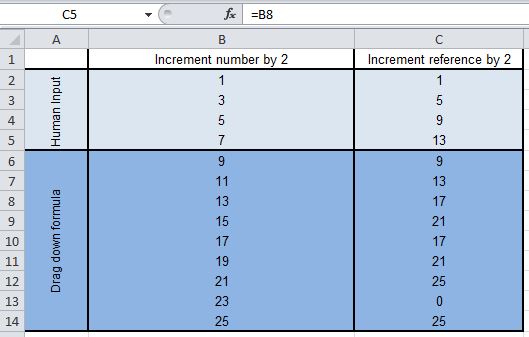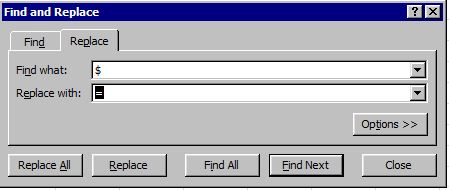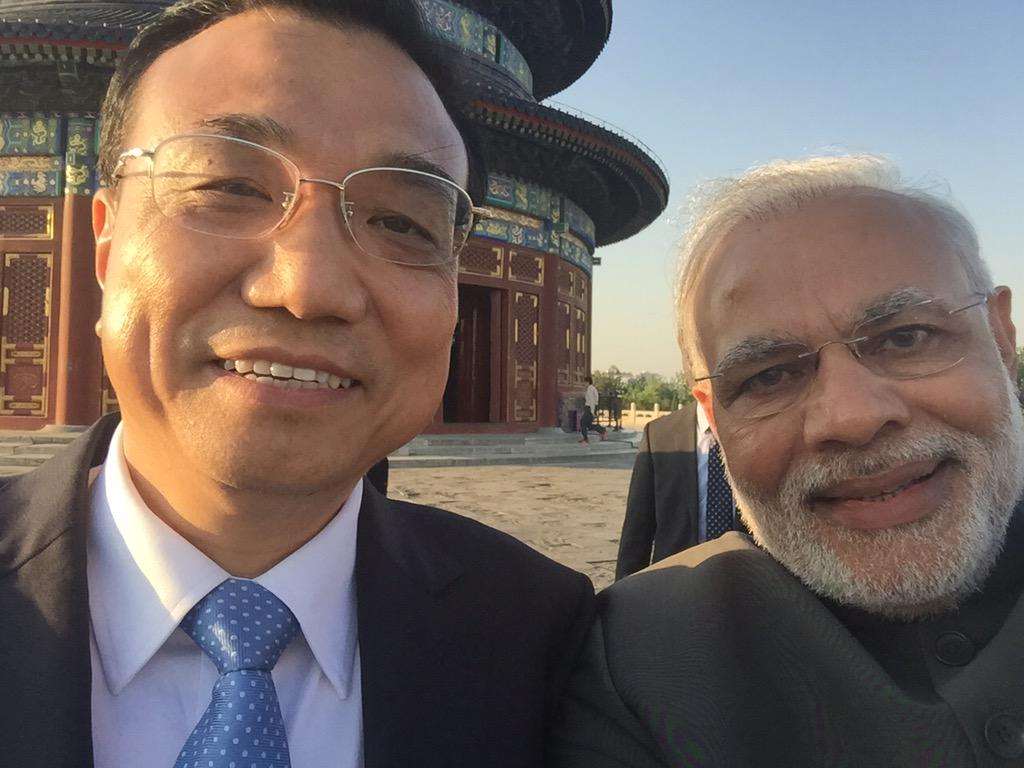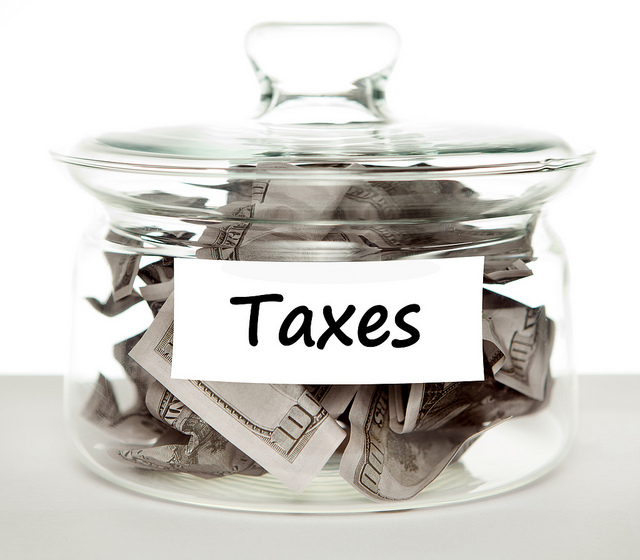PTI reported today that industrialist Yash Birla, along with four other lesser known businessmen hold Swiss bank accounts as confirmed by the Switzerland authorities.
This news apparently delighted the finance minister who chalked this to successful diplomacy and cooperation between the Modi government and the Swiss government.
Almost all news articles I read talked about Yash Birla as if he were guilty already, and I was unsure as to what the charges were.
It seemed at first that holding a Swiss account that wasn’t disclosed to the Indian IT authorities is what these individuals did wrong, but if that were the case then I wasn’t sure why the Swiss decided to release these five names only. Surely, a lot more than five Indians hold Swiss accounts. Also interesting is the timing of the release because the Indian government does complete a year today, and this timing is rather perfect for them.
Deutsche Welle which is an international German newspaper also reported the story, and had a little more breadth to their reporting because of the international angle that the Indian papers lacked.
Switzerland has begun online publication of names of foreigners and foreign firms wanted in tax probes by their countries of origin, including Germany. American citizens are identified only by their initials.
So, from this piece of information you can gleam out that the reason why these names are published is that the Indian authorities have specifically asked for certain individual names from the Swiss stating that the Indian government is investigating these individuals for tax frauds.
The second big question is why the Indian government asked about some individuals specifically, and the article refers to names from the stolen list that became popular some time ago.
So, to that effect these names were present in a list of people who used to have Swiss accounts at one point in time, and now that the Swiss Authorities have confirmed that these people did in fact have Swiss Accounts at one point or the other — I imagine the Indian authorities will encourage these individuals to voluntary declare their incomes under the new Black Money Act and pay the fines per the new regulations.
I assume that Indian authorities will do that because there is still a very long way to go for India to actually get any details of how much money is there in these Swiss accounts or in fact if there is any money at all present there.
Would the people named in the stolen list have done nothing during this time?
And if there is no balance there presently, will the Swiss be willing to share where that money went? I wouldn’t bet my money on that.
I would like to see how this progresses and in fact if the IT department is able to do anything with just this confirmation since it doesn’t actually tell you the amount of money in the account, and I can’t imagine much being done without that information.
Also, if you haven’t read about this at all yet, this is a good article that will catch you up with the parts I assumed you have read already.
Update: An official spokesperson of Yash Birla Group has said that Yash Birla has no individual bank account in his name or in his control.












